From Mad Men to digital: six decades of ads in The Australian reflect how society has changed
Step back in time to enjoy powerful print broadsheet advertisements, long before the days of glossy wraps and high-resolution photography.
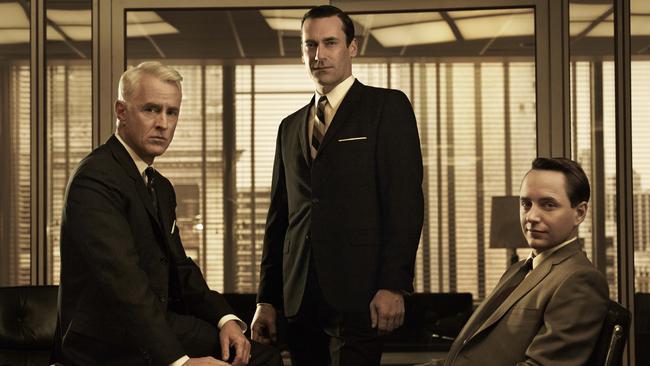
Newspaper advertising has significantly evolved over the past 60 years, from the Mad Men era of the 1960s with the big headlines and the long copy, to the prestige glossy wrap-around ads of today.
But it’s not just the appearance and placement of newspaper ads that has changed over the past six decades; the different tone of the copy offers a fascinating insight into how the social mores, tastes and purchasing habits of the Australian public have transformed since 1964.
“In many ways, looking back at print ads from the past six decades really paints a picture of where we were as a society,” says Zac Skulander, general manager of product and partnerships at The Australian.
“The 1960s were the ‘Mad Men’ days, dominated by big headlines and long copy. Illustrated pictures seemed to be used more than photography, and there was a real craft to producing a print ad.
“It wasn’t until the late ’60s that photos were used more regularly. It was a time when clearly Australians had more time. Time to sit and read about a brand or a product. We were also a country on the move. It seems that almost every ad in The Australian from the ’60s was for a car or a carrier.
“Qantas was there to let us know that we could now see the world, and from their very first ad in The Australian in our first edition, they were letting our readers know they could now do business with the world.
“By the time the ’60s came to end and we entered the ’70s, ads were getting sharper and more to the point, with price points now featuring in ads.
“Spot colour also started to appear. The car and airline ads continued to feature heavily, but technology started to appear as a heavy advertiser. Typewriter ads, as well as record players, were some of the first to appear with a small amount of colour.”

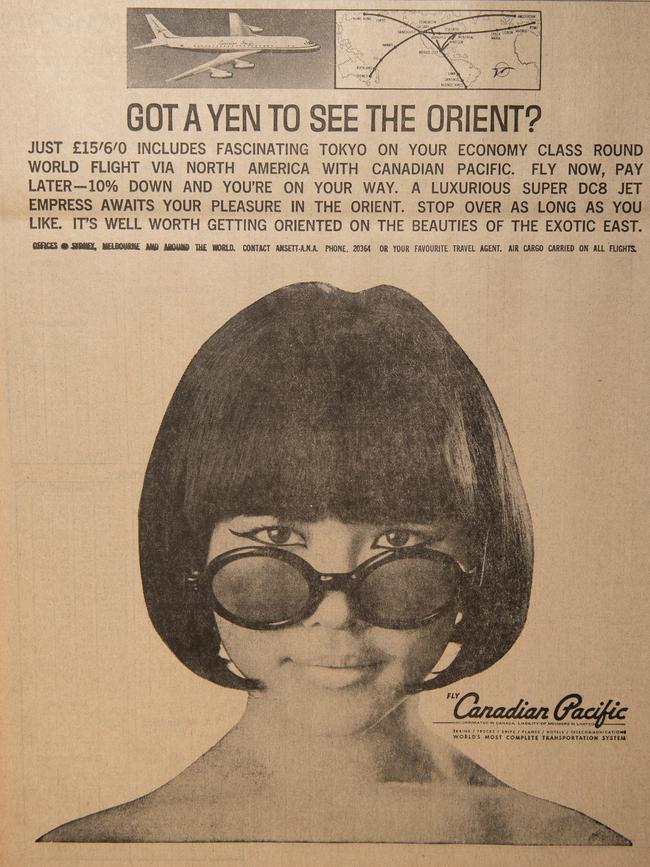
And then came the 1980s, possibly the most pivotal decade for print advertising, according to Mr Skulander.
“The ’80s saw possibly the largest shift in print advertising. It exploded,” he says.
“Full-colour ads were introduced on glossy stock, and these were largely reserved for clients with the biggest budgets – tobacco companies.
“Computers also took over from typewriters and the price was now clearly mentioned on most ads. Property was also high on the list, with house-and-land package ads appearing on most days of the week.
“We also introduced The Weekend Australian Magazine, which was a glossy magazine inserted into each paper.
“It’s still a jewel in the crown of The Weekend Australian, but this was a huge step in the paper’s history. It opened us up to advertisers in the luxury and prestige space, as well as European cars, which really took over more traditional brands like Chrysler, that had been with us since the ’60s.”


Advertising Council Australia CEO Tony Hale agrees that newspaper ads from decades gone by provide an accurate reflection of how Australians were living their lives at the time.
“Newspapers were an excellent medium for topical ads. When things happened, agencies would try and come up with ideas to draw people’s attention to the brand by using something in the public domain,” he says.
“A great example was in the 1987 stockmarket crash, we wrote a full-page ad for Volvo that just said: ‘Survive the crash. Volvo’.
“Those sort of ads you don’t get in newspapers anymore because they are all social media gags now. But once upon a time everyone wanted them because it was great for social currency.
“Newspaper ads were very much a prestige buy. The newspaper environment was the most trusted environment – and it probably still is.
“There is a sense that ads work better in a trusted print environment. Ads aren’t intrusive in newspapers – if there is a good ad there they will read it and that will be part of the joy of reading the paper.
“Why does Harvey Norman put so much advertising in newspapers? Because it works. It is really underestimated. Newspapers are an incredibly powerful environment.”
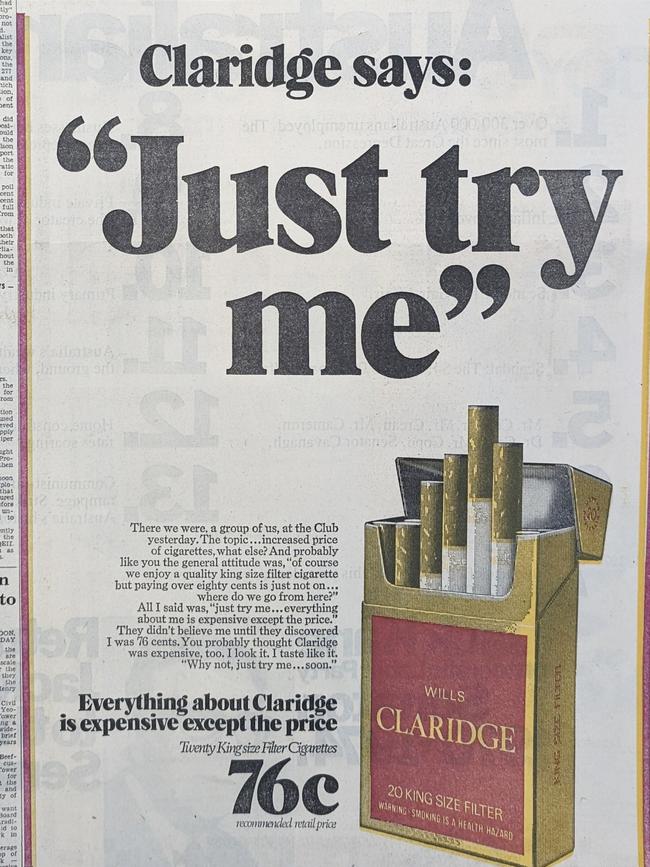

Omnicom Media Group CEO Peter Horgan says newspaper advertising has, since the 1960s, been a way to lend credibility to the message you are looking to socialise and share.
“Brands wanting to align with the serious ‘grown-up’ environment wanted to be in newspapers. The more serious the brand or message was, the more likely it was meant for the broadsheets,” he says.
“It was more about being part of a credible platform. That is still the case. There is still the serendipity of being able to reframe how people consider your brand.
“Newspapers can give that ‘X factor’ within a tangible media environment that people are choosing to engage with, rather than in a digital environment where you are being targeted based on showing an interest in something.
“There is still a certain impact of seeing a newspaper ad on a coffee table or in a waiting room.”
Warren Brown, co-founder of creative agency BMF, says the hallmark of great newspaper ads has always been the ability to embrace “wit, intelligence and craft”.
“People still put a lot of thought, effort and care into a broadsheet ad, because it has a lot more impact than looking at an ad on your phone,” says Mr Brown.
“Newspaper ads have always needed to have a lot of wit, intelligence and craft because they were competing against the clever, well-written articles in the newspaper and they needed to be up to that standard.
“If you put a dud ad next to a really good article, the disparity between journalism and advertising was very evident.
“The idea was that newspaper ads needed to be beautiful, with impact, well written and carry a message that will stick, because it’s very easy to simply turn the page.
“There was great pleasure in the gentle art of p suasion and holding attention long enough to read a long copy ad.
“Trying to hold someone’s attention to stop them turning the page is a very tough challenge. Sometimes we were successful and sometimes we weren’t.
“To lure people on to the page and hold them there and stop them turning the page is a very hard thing to do.”
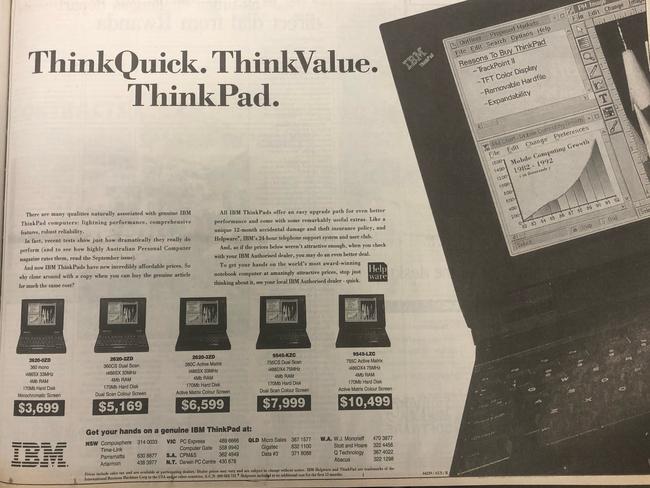
While the 1990s was notable for the embrace of colour advertising, the early 2000s saw a brief return of the long copy ad, with clever headlines and beautiful product shots.
“There was a big shift back towards building brand awareness, Mr Skulander says.
“In those days, believe it or not, there were really only three media platforms to tell your story – TV, radio and print.
“The print ads in those times really were reflective of the big TV ads which would generally launch on a Sunday night, followed by the press which would roll out that week.
“Now of course marketers are spoiled for choice in terms of the amount of platforms they have at their disposal to find an audience and tell their story.
“In the 2010s until now, newspapers opened up ‘wraps’ to clients, giving them a large part of the front page to tell their story.
“Clients use these to great effect. Prestige clients have jumped at the chance to wrap the paper in gloss stock, a technology that is only recent and when you see a large-scale newspaper ad, it still makes you stop in your tracks.”
In recent months, in the lead-up to The Australian newspaper’s 60th anniversary on July, this masthead has partnered with various companies whose brands have been at the heart of the nation’s progress over the past six decades.
“Many of those companies have been with us since our first editions back in 1964,” says The Australian’s managing director, John Lehmann.
“Qantas was advertising flights to New York, Ampol was fuelling Donald Campbell’s land speed world record at Lake Eyre, the Commonwealth Bank was backing the vision of entrepreneurs.
“It’s a reminder that our prosperity as a nation has been created by those willing to think big, back their instincts and focus their energies.”

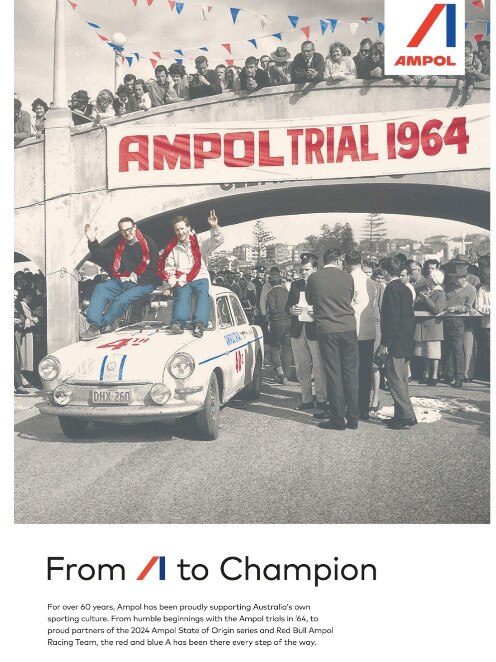
Jenny O’Regan, chief brand officer at Ampol, says: “Looking back through the archives on Ampol’s own journey over the years, it has been a privilege to retell our stories through time.
“From supporting Australian sports, to driving innovation through research and development, to becoming an icon of the roadside, Ampol has been embedded in the fabric of Australian journeys.”
Similarly, a Qantas spokesperson says the airline has enjoyed a “rich history” with this masthead over six decades.
“Advertising has dramatically changed in 60 years as the world moved to digital but one thing remains: the power of human connection and visual storytelling in connecting brands to their audiences. The Australian has been a great partner in enabling us to do just that,” the spokesperson said.
Monique Macleod, group executive, marketing and corporate affairs at the Commonwealth Bank of Australia, recalls the series of ads in the early 1960s that promoted the bank’s branch network across the country.
“Those were written by and featured the well-known comedian of the time, Spike Milligan. I think it’s interesting to note that 60 years on, even with the evolution of digital banking, CommBank still has the largest branch network in Australia. That element of service and supporting customers continues to feature in our advertising today.
“Spike’s ads were then followed in the year of The Australian’s launch with an iconic marketing campaign, which I’m sure many people will remember. That was the well-known ‘Get with the strength’ campaign that focused on our financial stability and support for Australia, and featured our elephant mascot.
“The campaign ran across newspapers, outdoor sites, buses, trams, in cinemas and on TV and radio through the ’60s and ’70s and the spin-off materials included the wildly popular pencil cases that schoolchildren seemingly wanted to have.
“We have continued to innovate over the past 60 years. And over those 60 years, The Australian has been a way whereby we have connected with our audience.”
Mr Skulander says the history of advertising over the past six decades shows the Australia of 2024 is a very different beast to the Australia of 1964.
“From those early days in the ’60s, a lot of ads were about moving Australia forward and being able to travel, explore and do business with the world,” he says.
“The story of advertising in print across the past 60 years is that it’s clear we were a nation that wasn’t prepared to sit still. We wanted more, and there were brands and companies that wanted to give us more.”





To join the conversation, please log in. Don't have an account? Register
Join the conversation, you are commenting as Logout